The ideation process is the creative process of generating, developing, and communicating new ideas for products and services. Idea generation is an important phase in the overarching innovation process. You’re probably familiar with some of the many methods and tools that exist to aid in the ideation process, including:
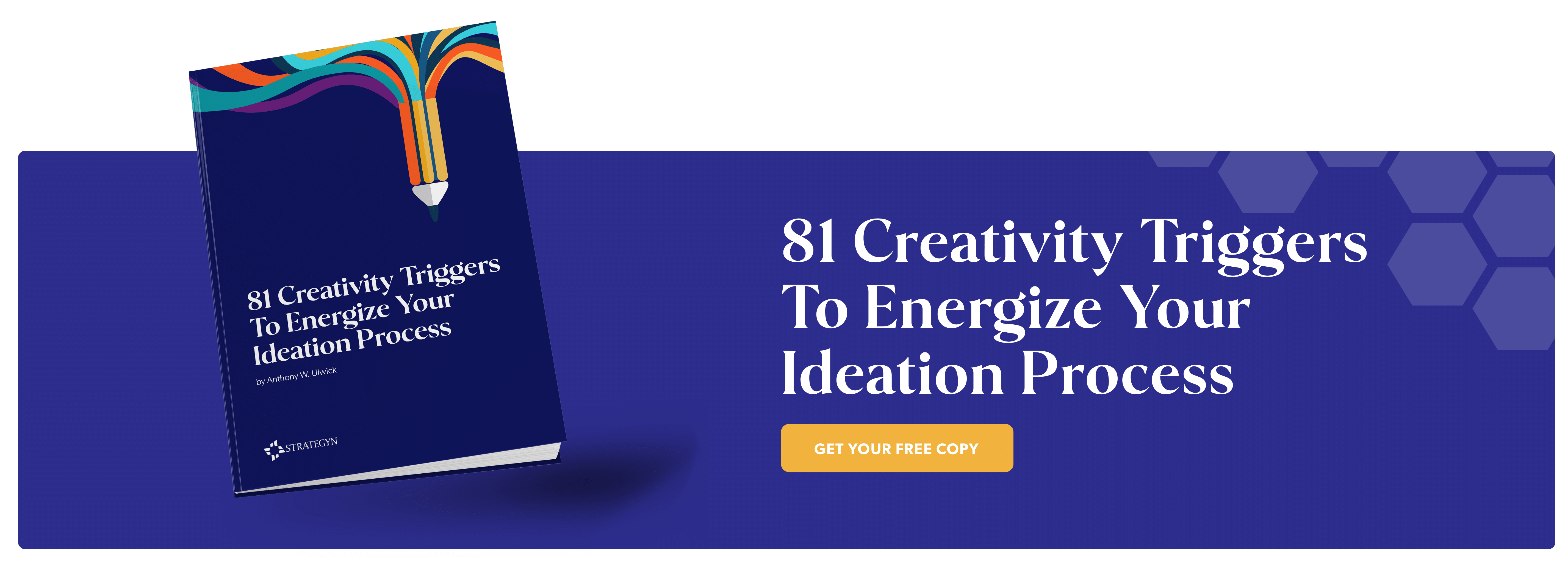
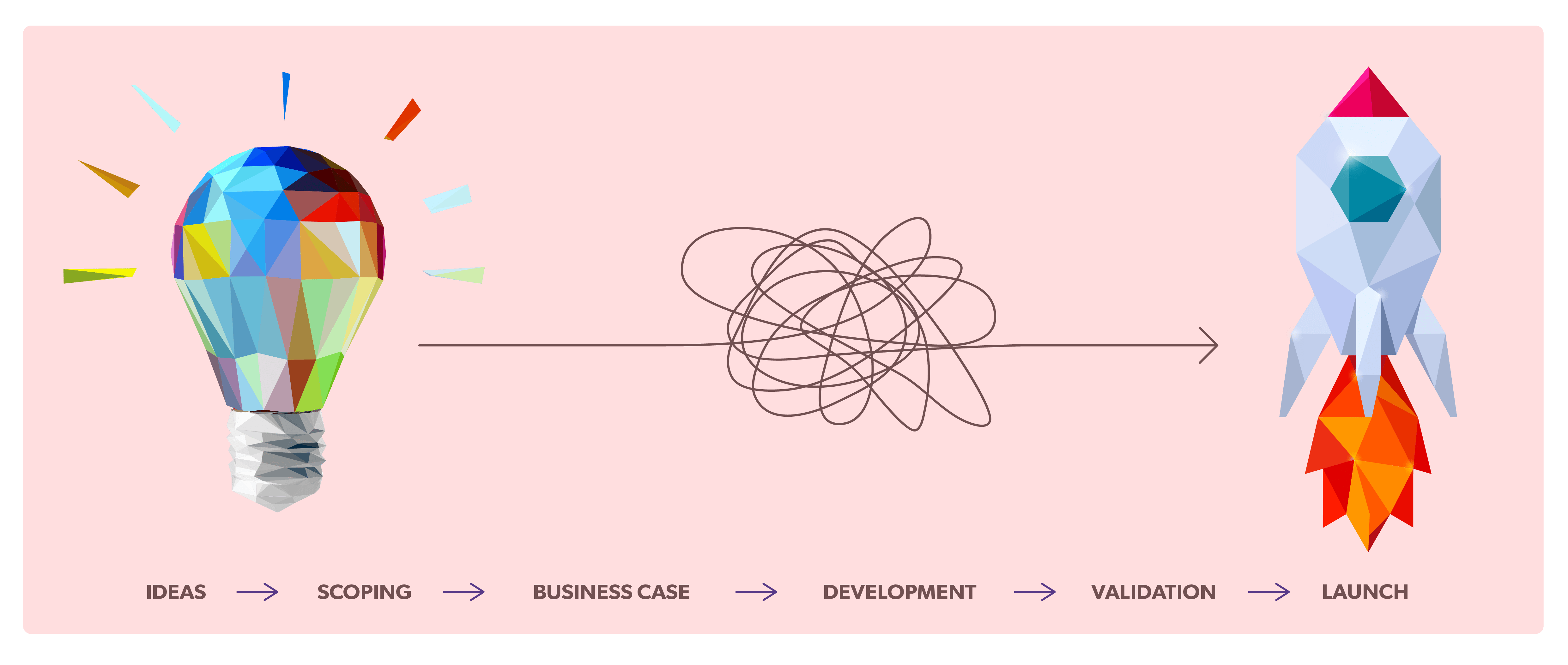
This approach to the ideation session fails along two fronts:
The thinking goes something like this:
“The more ideas we have, the greater our chances are that one of them will be a big idea. We need to fail fast—to filter out all the bad ideas as quickly as possible so the big ideas will surface.”
With this kind of thinking, companies pursue, develop, and refine ideas they find intuitively appealing. Along the way, they try to figure out if those ideas address unmet needs in attractive markets. In the end, they find that most ideas do not.
These ideation techniques are highly inefficient. They waste time, money, and resources, while also squandering opportunities.
The challenge is knowing what constitutes a big idea. Using an ideas-first approach, this evaluation is highly subjective.
But when you look at idea generation through a jobs-to-be-done lens, there’s an objective definition. A big idea is one that helps a large number of customers get a job done significantly better at a price they are willing to pay.
The goal of the ideation process, then, should not be lots of ideas (even if they’re good ideas).
Instead, the goal should be to construct the single, best solution to satisfy the unmet customer needs of your target customers. Idea generation should focus on helping them to get the job done faster, more conveniently, and more effectively than ever before.
Thankfully, you can stop generating hundreds of random ideas with the hope that one or more will address an unmet need.
The Outcome-Driven Ideation method guides you through the process of devising solutions that explicitly address your customer’s most underserved needs — ensuring they are big ideas that are worth pursuing.
Strategyn’s Outcome-Driven Innovation® (ODI) process incorporates its own unique approach to ideation. This ideation process has evolved through hundreds of sessions we facilitated to help product teams conceptualize breakthrough product and service offerings. The process, which we call Outcome-Driven Ideation, consistently delivers exceptional results — and it’s not by chance.
This ideation process was designed from the ground up to focus on the outcomes customers are trying to achieve. Instead of starting with ideas, you begin your ideation with a deep understanding of your customer’s needs—a needs-first approach to innovation.
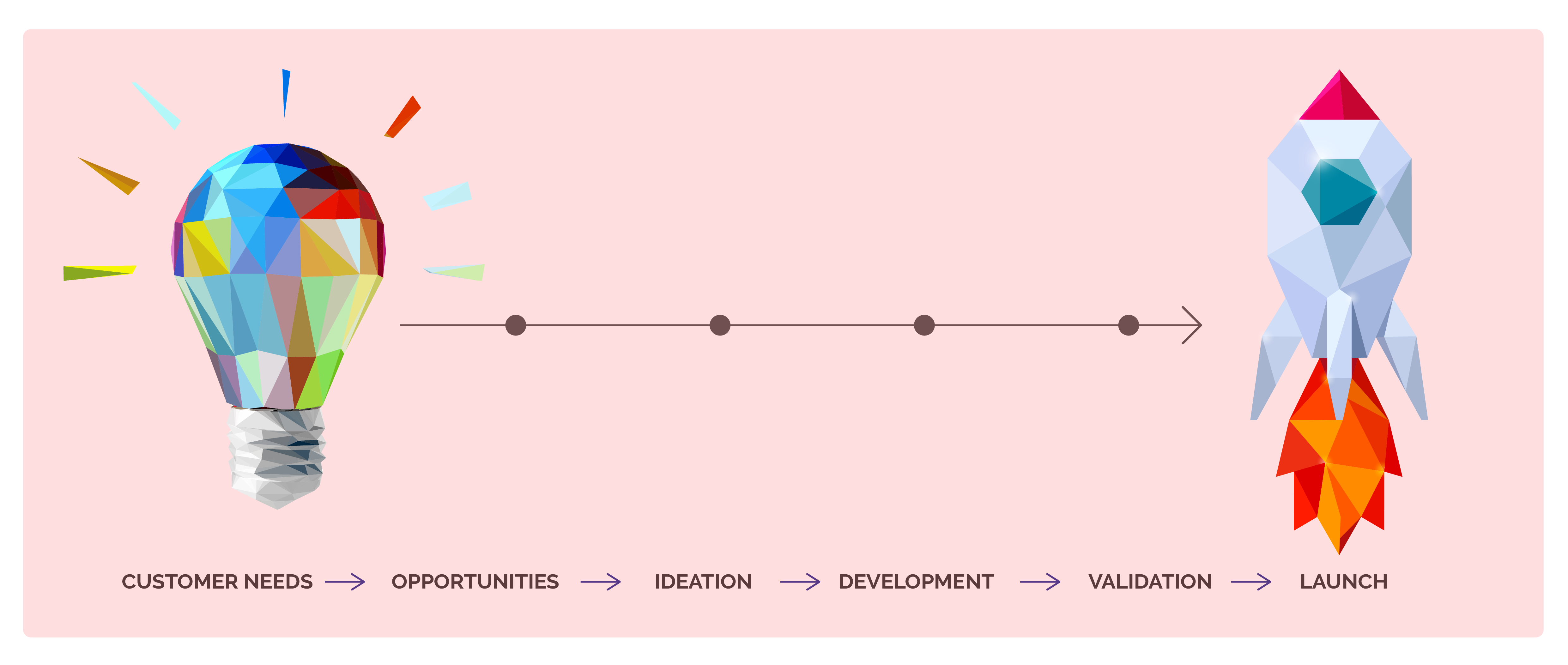
Starting your ideation process with the customer’s unmet needs allows you to conceptualize feature sets, platform concepts, and business models that are certain to deliver significant customer and stakeholder value.
You brainstorm with the end in mind.
The approach overcomes the key issues that plague traditional ideation methods.
Instead of continual brainstorming sessions and endless cycles of failing fast, businesses that follow this ideation process can typically produce market winning — often patentable —product concepts in only a single day of ideation.
And without all of the second guessing that typically occurs throughout the development process, you get to market with your big idea more quickly.
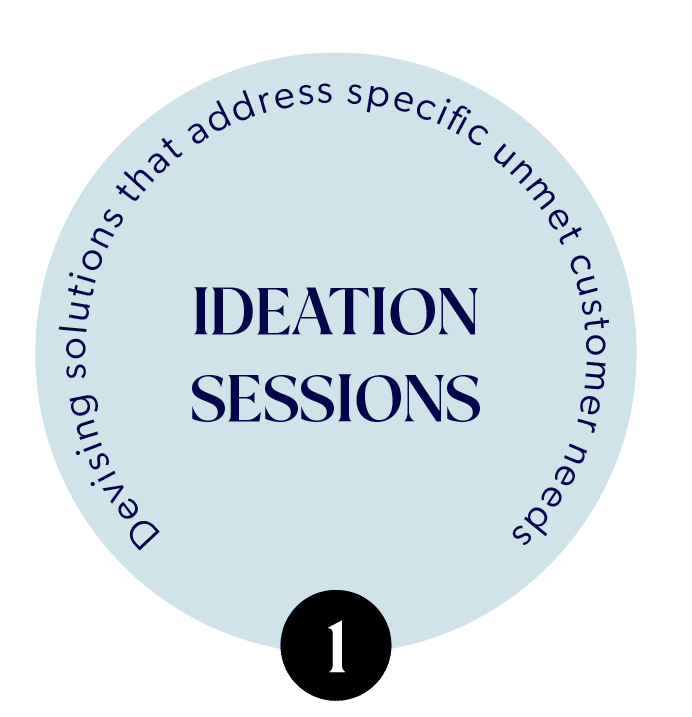
Rather than asking the ideation team to generate general ideas to help grow the business or to improve a product or service, you can instruct your team to focus on devising solutions that address a specific set of unmet customer needs.
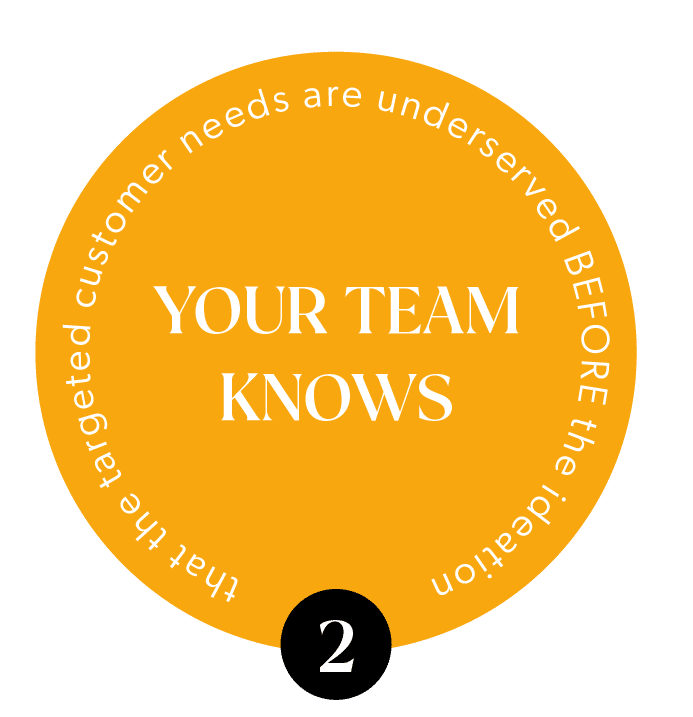
Using ODI-based qualitative and quantitative research methods, you are able to:
With this information in hand ahead of the ideation session, your team can laser focus on known opportunities for value creation — the customer’s most underserved needs. With this heightened focus, your team is more confident that the innovative solutions they come up with will be highly valued by customers.
Plus, no time is wasted brainstorming ideas of questionable value.
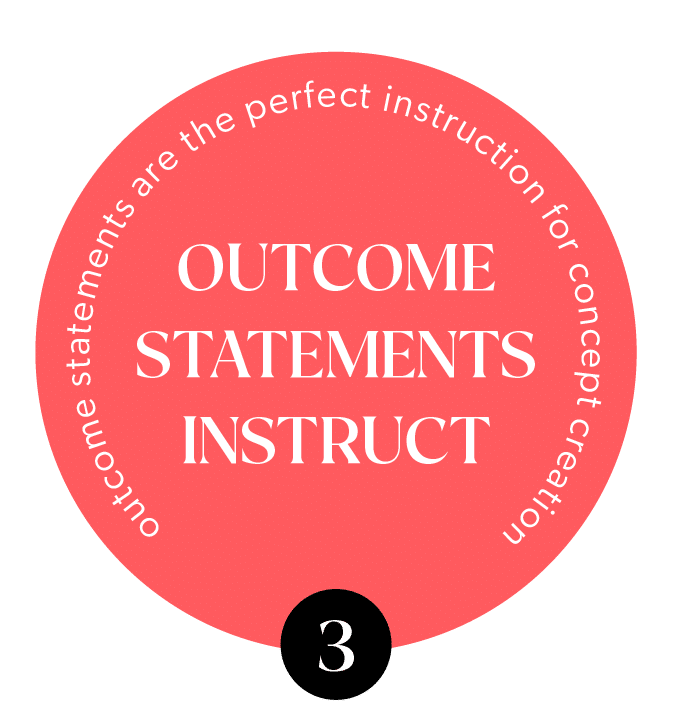
A desired outcome statement is a specially constructed customer need statement. It is devoid of solutions, stable over time, measurable, controllable, structured for reliable prioritization in a quantitative customer survey, and tied to the underlying “job” the customer is trying to get done.
A desired outcome statement purposefully communicates what the customer is trying to accomplish and guides the creation of the solution. They are highly actionable and designed for easy translation into product requirements, which makes these statements particularly valuable to development teams working in waterfall or agile environments.
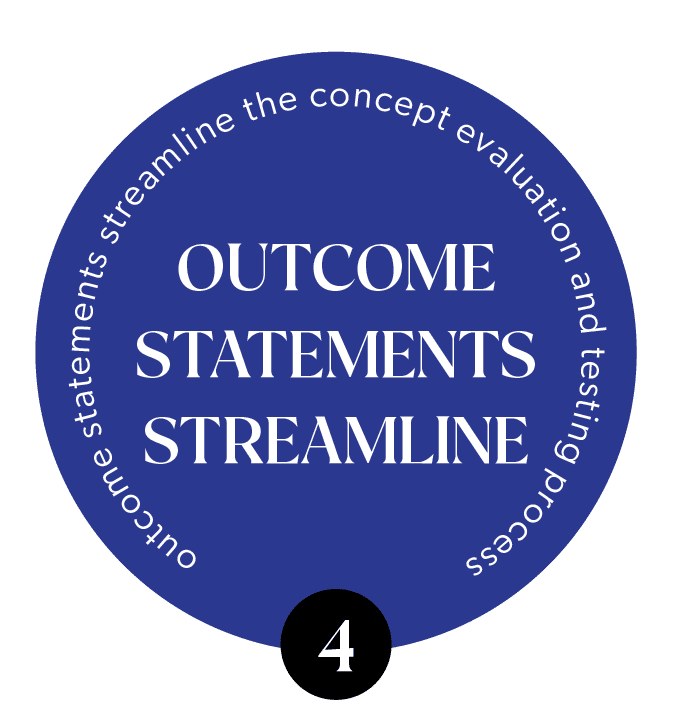
Desired outcome statements include metrics that can be used as a baseline to help you evaluate the potential of a proposed solution during the ideation session.
The ideation team can evaluate each proposed solution (idea) against these metrics to assess the degree to which this solution will satisfy the outcome. Your best is the solution that generates the greatest level of satisfaction for the least cost, effort, and risk.
This streamlines the concept evaluation and testing process.
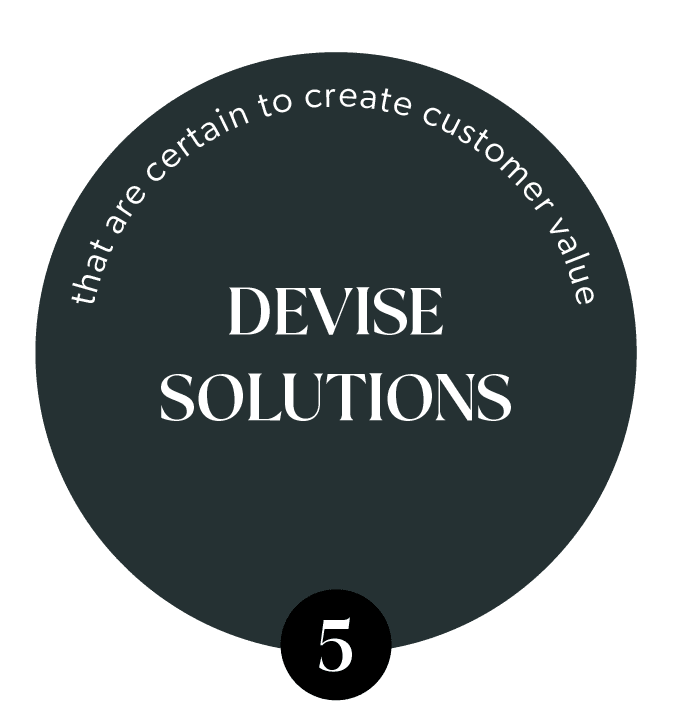
The goal of a session is NOT to generate lots of ideas.
Instead, the goal is to build team consensus around one solution that will effectively address each specific underserved need targeted in the ideation session. Rather than generating numerous ideas and hoping some are valuable to customers, your team will devise a solution for each targeted outcome that is certain to create significant customer value.
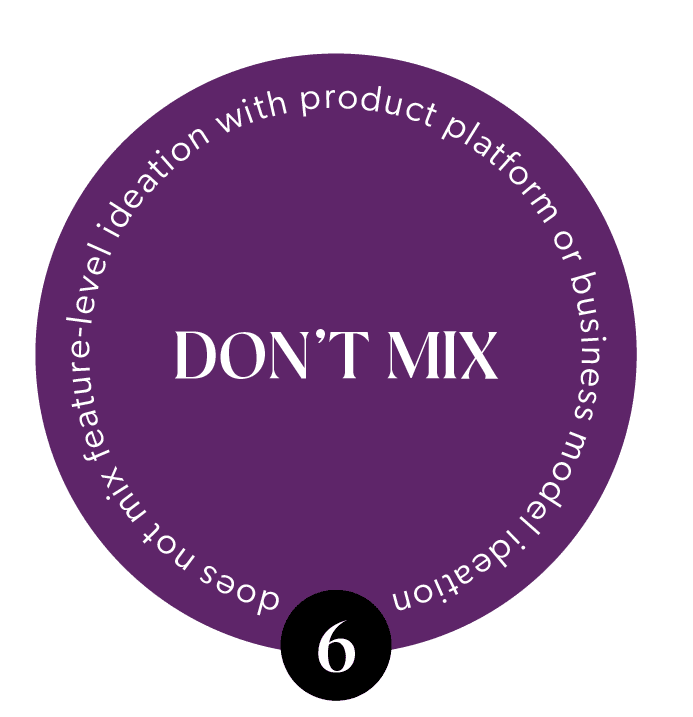
Generating a mix of ideas that cannot be considered and evaluated against each other is a recipe for confusion and failure. Outcome-Driven Ideation lays out a set of process steps specific to whether you’re ideating at the product/solution level, the platform level, or the business model level.
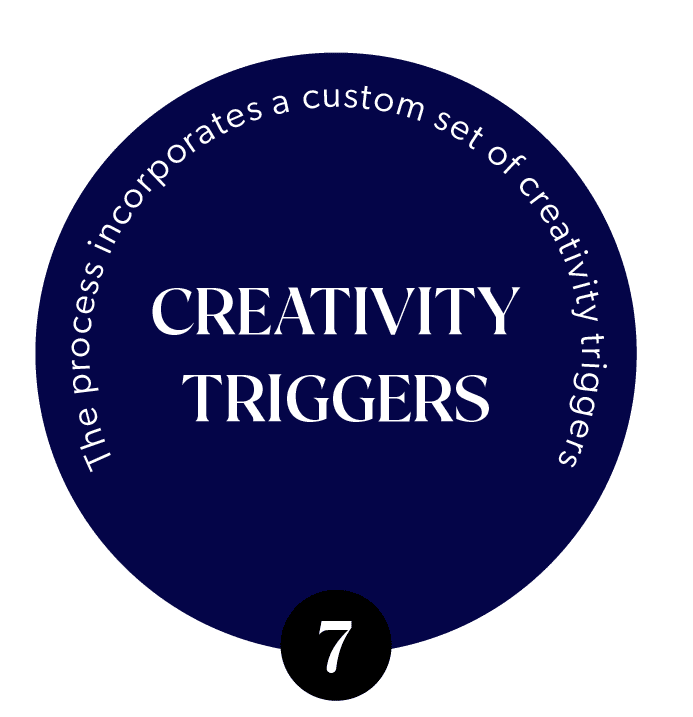
We have translated the creativity principles of several popular methods, along with all the TRIZ principles, into 3 sets of actionable creativity triggers. These triggers are based on proven principles that have been previously implemented to generate patentable ideas.
The set of triggers is unique to the Outcome-Driven Ideation process.
Get our full list of creativity triggers: 81 Creativity Triggers To Energize Your Ideation Process.
How does this Outcome-Driven Ideation process all come together? Ideation should follow a precise structure and set of ideation process steps, depending on whether you are devising new features, platforms or business models.
When facilitating an ideation session designed to conceptualize a new feature set for a defined product platform, we follow these ideation process steps:

It’s common for your team to devise a solution for 10 to 15 underserved outcomes in a single ideation session that lasts a day or more. Address each outcome in a 60- to 90-minute ideation block. Follow the same process for each ideation block.
The process steps for coming up with platform-level ideas and business model ideas is slightly different.
When the goal is to devise a new product platform, focus your ideation effort on helping your customer get the entire job done on a single platform. In this case, you’ll need to ideate at the job step level, not at an outcome level (step 2).
When the goal is to devise a new business model, the team must have already agreed on the platform level solution. From there, your focus should be on defining how revenue will be generated and costs will be contained to ensure the solution could be delivered and scaled profitably.
An important phase in the ideation process is selecting creativity triggers that will help your team to come up with innovative ideas that solve problems for your customers. Determining which creativity triggers to use depends on which level you’ll be ideating at. You should also choose creativity triggers that are appropriate to the job or outcome you’re trying to improve upon.
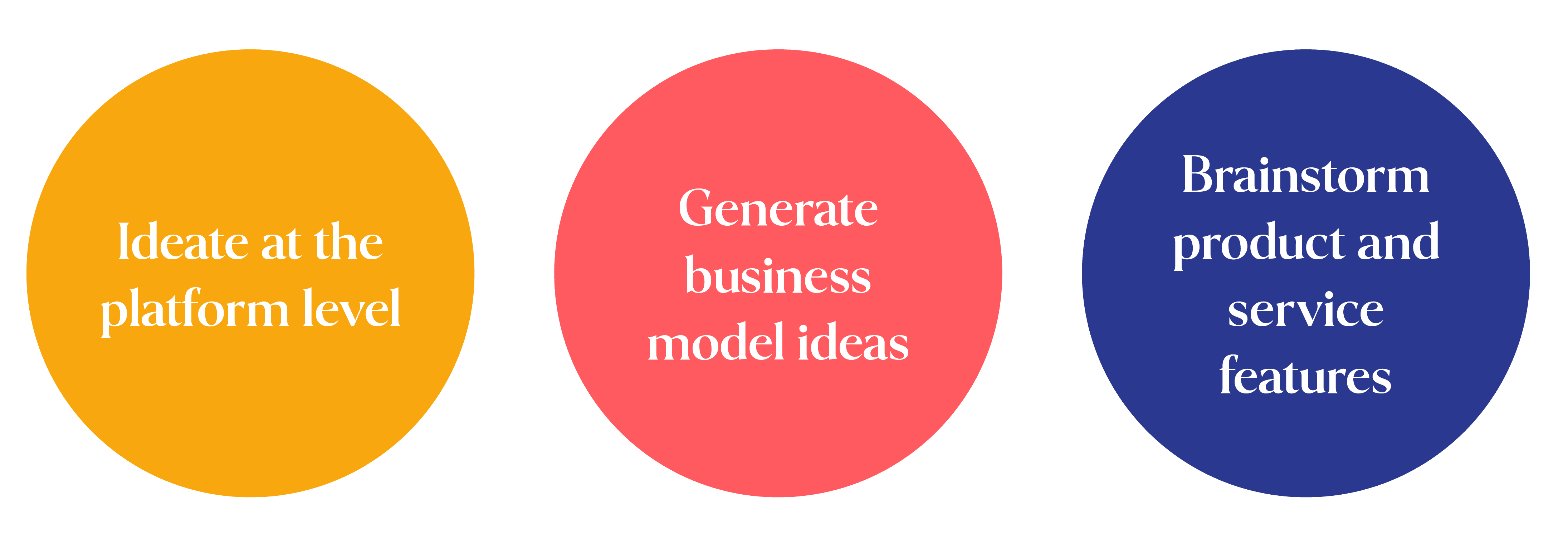
ODI can be used in combination with practices like design thinking to bring a deeper understanding of customer needs to the ideation phases.
Design thinking is a powerful set of tools that has helped companies create innovative products all over the world — but the toolset has its limitations. There is a significant opportunity to improve your front-end customer understanding to both enhance your design thinking practice and the products that come out of it.
By thoroughly understanding your customers’ needs, ODI helps you to deliver the right solution to your customers’ challenges. With this insight at the front-end of your innovation and ideation process, you can then use tools like design thinking to deliver that solution correctly.
Learn more about powering your design thinking process with ODI data: Create better products faster with design thinking + JTBD
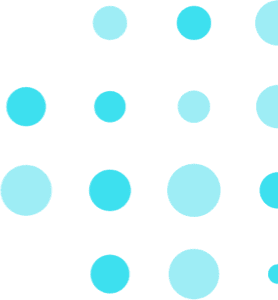
Copyright ©2024 Strategyn LLC. All Rights Reserved. | XML Sitemap | HTML Sitemap